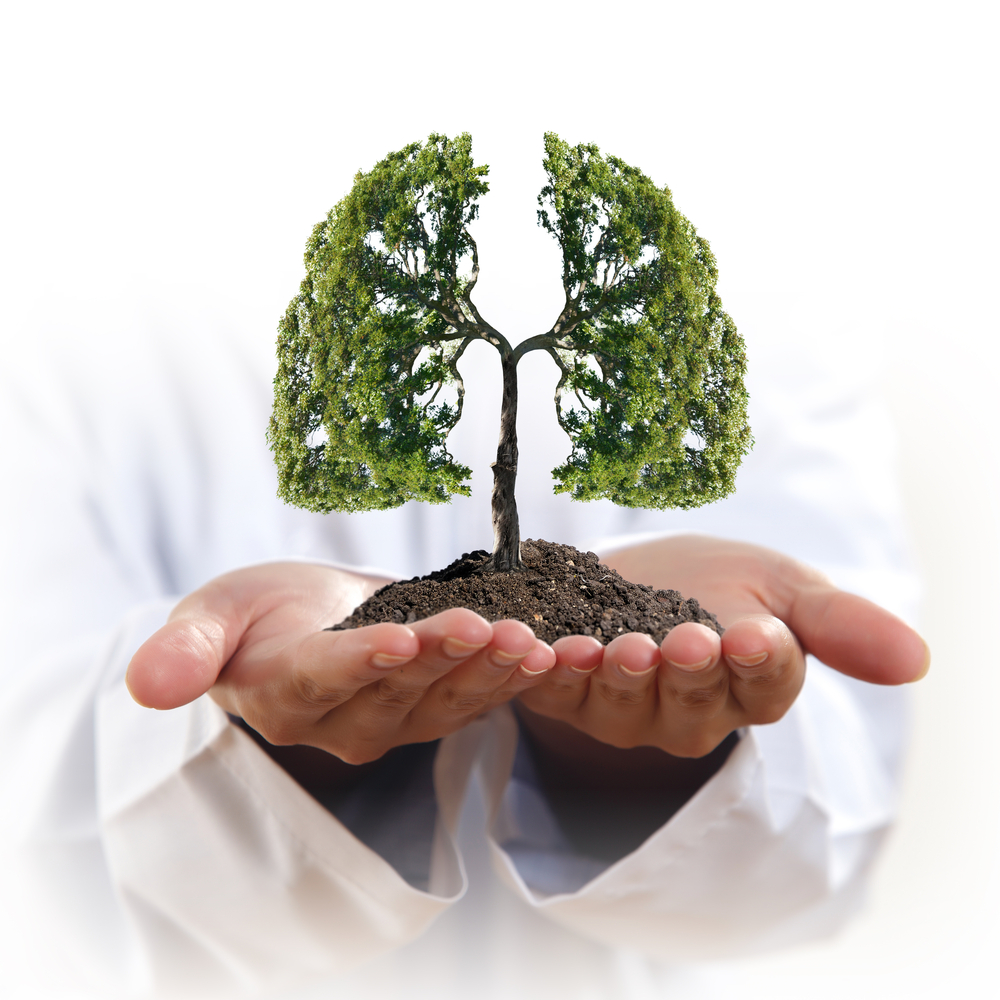Tissue Engineering Grows New Lungs in Lab That Could Revolutionize IPF Treatment

Building a new set of lungs for patients with pulmonary fibrosis is becoming closer to reality as a result of cutting-edge research in the field of tissue engineering. At the forefront of this endeavor is Cheryl Nickerson, PhD, an expert in infectious diseases and vaccinology at Arizona State University Biodesign Institute. Dr. Nickerson and her laboratory published a new method for making transplantable lungs in “Recellularization of Decellularized Lung Scaffolds Is Enhanced by Dynamic Suspension Culture,” an article appearing in the journal PLOS One.
“There is an urgent need for the development of lab-engineered lungs from patient stem cells that are suitable for both transplantation and as predictive models for biomedical research to probe the links between cell function and respiratory disease,” said Dr. Nickerson, in a press release from Arizona State University Biodesign Institute.
Dr. Nickerson’s research team took the problems of a severe shortage of donor lungs and a high rate of immune rejection of transplanted lungs and solved them with tissue engineering. Building on past research, the team took cadaveric lungs, removed the original cells to leave behind a decellularized lung scaffold, and repopulated the lungs with stem cells. In the future, the ideal scenario would use patient-derived stem cells to avoid graft-host rejection.
For the time being, research has been limited to working with animal-derived cells and scaffolds. However, the team has made a lot of progress. “This was an extraordinarily challenging, but rewarding study that took years to complete, and we are excited that it will contribute to the current and growing body of knowledge in the field with potential downstream implications for regenerative medicine as well as identifying the underlying factors that may contribute to the transition of normal to fibrotic lung disease,” said Dr. Nickerson.
Ultimately, success came from using a special technique called dynamic suspension culture to repopulate the cadaveric lung scaffold with cells. During dynamic suspension culture, cells and a scaffold are placed in a bioreactor that continuously mixes everything together, increasing the penetration of cells into the scaffold.
“Our study demonstrates that reseeding lung scaffolds under dynamic conditions could be beneficial for ex vivo lung engineering,” said lead author Dr. Aurélie Crabbé, who is now at Ghent University in Belgium. “Dynamic culture conditions enhanced cell growth and viability, and stimulated stem cells to differentiate into matrix-producing cells as compared to static conditions — both findings might help rebuilding lungs from acellular scaffolds. Tremendous progress has recently been made on the use of cadaveric lungs as building blocks for the generation of new lungs, and we are hopeful that continued advancements in this field will one day provide a new source of much-needed organs.”
This new ability to successfully repopulate lung tissue from deceased individuals will help solve the shortage of organs for transplants. More than 64 million people worldwide are affected by chronic obstructive pulmonary disease (COPD), a disease hallmarked by pulmonary fibrosis. Patients with advanced disease often require a lung transplant, and this newly developed technique may help these individuals in need of a new set of lungs.







